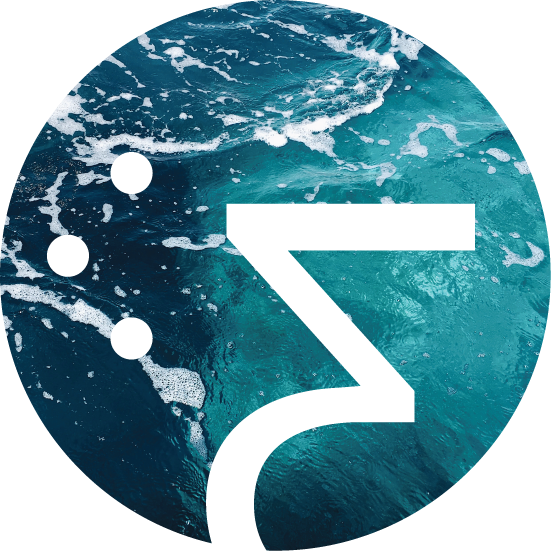Cat has been helping build skilled customer and partner workforces in the Cloud world before it was called Cloud. She has a deep background in education and enablement, and a honed understanding of what it takes to align a market of talent with a business strategy. Cat has led innovation in customer and partner training, job-readiness certification, adoption-oriented change programs, subscription-based customer success, university and workforce development partnerships, and user-centric learning platforms for some of the largest Cloud companies in the world, including Salesforce, Google, and ServiceNow. She is known for her ability to create high-performing teams, an enduring culture, a compelling vision for how learning intersects business, and to help executives over “the hump” of multiplying their strengths through their teams. When not at home in New England, Cat will usually be found behind her camera somewhere where wildlife roams.
In your 20+ years of leading organizational transformation, what are the right set of skills to look for when building a leadership team?
I often describe the ideal leadership team as a combination of builders and runners, experience and ambition, and folks who have keen self-awareness (and humility) about what they bring to the table. You want a leadership team who have their area of specialty, but have or are in the midst of developing influence, communication, and culture-building capabilities because those are the skills most needed and most often overlooked. And don’t overlook the power of a team that truly wants to work together and learn from each other.
Your expertise lies at the intersection of customers, talent, and product, helping leaders deliver a truly differentiated experience internally and externally. Can you give us an example of this in practice and why it’s so important?
Time and again, leaders get enamoured with their product or offerings, and completely forget that two things are true: 1) customers want to be able to see the end state, and 2) the best solution in the world means nothing if the people who are supposed to use it don’t. The best companies frame their use cases not just in ROI and for the buyer, but also in stories that demonstrate what the solution feels like for customers and puts a real face on the people whose jobs or careers change for the better. That’s what starts the change process and leads to adoption – a practical business connection AND motivating and exciting the workers who need to drive the change.
You’ve led talent development, training and enablement at some of the biggest names in cloud. What is the secret to building successful, scalable programs?
Scalability and sustainability start with a clear connection to the purpose of the company and alignment to a business strategy. Why does talent development (internal or customer/partner) matter to the company? Why does it matter to the workforce? Why does the customer or partner care? Those answers will give a leader perspective on how big to go, how fast, and where to prioritize activity. Scalability is built on multiple successes – and the ability to see where you need to be with a market of talent several years out and start working today toward that goal. Talent takes time to mature – there is no quick fix, but the right connection to the business strategy sets a roadmap and milestones for what talent is needed when.
How is AI changing the way companies create impactful learning experiences?
There is so much potential here! But we’re in early stages. I’m certainly impressed with the productivity of learning experience creation (sophisticated simulations, speed to create digital content, assessment, etc.), but the real magic will happen when it’s business-as-usual to have AI involved in the business of learning and we’ve started to focus on how AI changes/enhances what learning means in the workplace. That said, AI is creating a renewed interest in how a learning culture drives a company’s success, which I couldn’t be more excited about!







